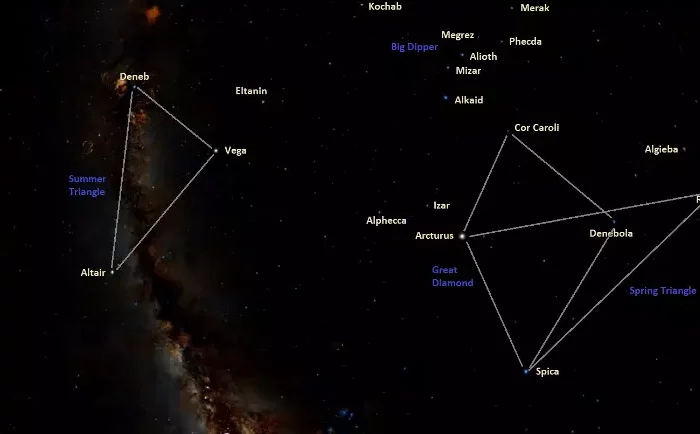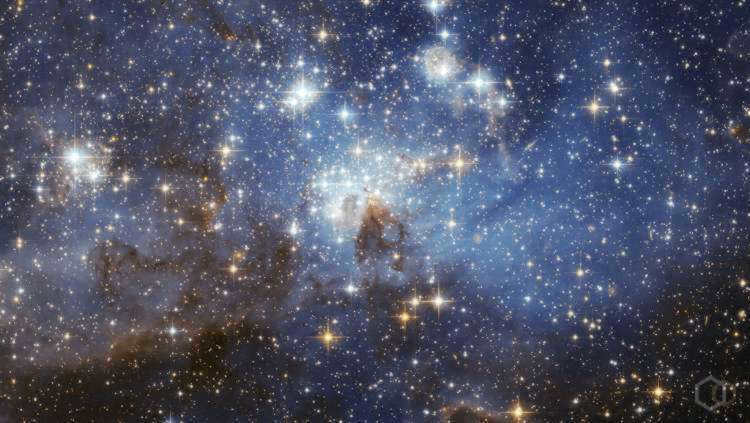
The sky provides a delightful spectacle not only for hopeless romantics and meticulous scientists. From time to time, every individual enjoys gazing at one of the most breathtaking phenomena of our vast universe – the dazzling stars. Therefore, it is of great interest to discover which celestial bodies possess the highest luminosity.
Sirius
Undoubtedly, Sirius is the most brilliant star in the nocturnal sky, holding the top position in terms of its luminosity. Situated within the boundaries of the Canis Major constellation, this celestial body captivates observers in the Northern Hemisphere during the winter season. For those residing in the Southern Hemisphere, the opportunity to witness Sirius presents itself in the summer months, specifically north of the Arctic Circle. Positioned approximately 8.6 light-years away from our Sun, Sirius stands as one of the nearest and most radiant stars in our vicinity.
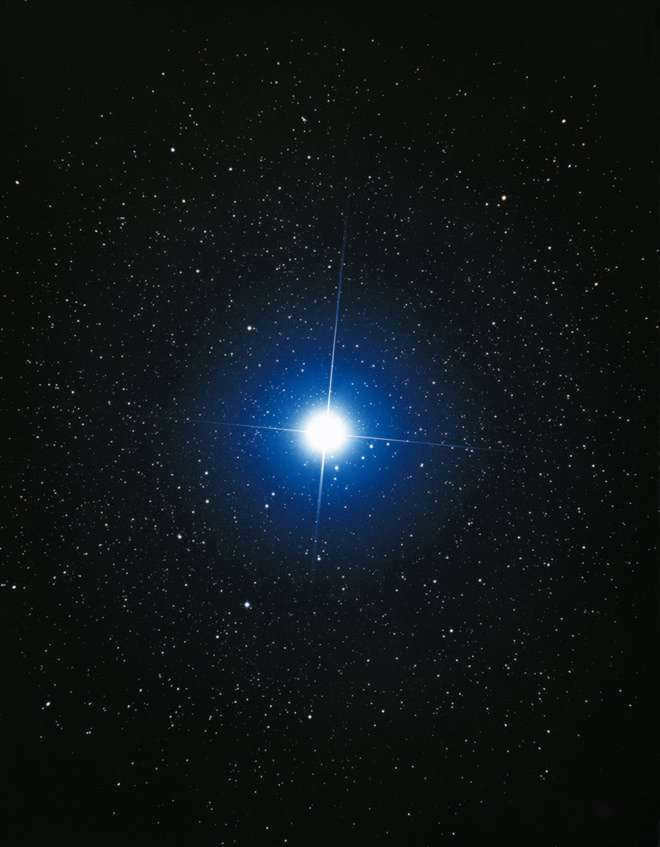
The brightness of Sirius is a result of its close proximity to our solar system. Amateur astronomers often observe Sirius due to its brilliance. Sirius has a stellar magnitude of 1.46 m.
Sirius, known as the brightest star in the northern hemisphere, caught the attention of astronomers in the 19th century. They noticed that its trajectory, although seemingly straight, experienced periodic fluctuations. This led astronomers to hypothesize the existence of a hidden celestial body orbiting around Sirius with a period of approximately 50 years. 18 years later, a small star with a magnitude of 8.4m, classified as a white dwarf, was discovered near Sirius, confirming their hypothesis.
For the very first time, the ancient Greek scientist Hipparchus pondered over the most radiant star in the celestial sphere. His classification was introduced 22 centuries ago. Hipparchus was the pioneer in categorizing stars based on their luminosity into 6 magnitudes. The two brightest stars – Sirius and Canopus – fall into the first magnitude. Canopus, being the second brightest star after Sirius, remains relatively obscure. This might be because it is most easily visible from the Southern Hemisphere. From northern regions, Canopus can only be observed in subtropical latitudes.
For instance, in Europe, it is visible only from the southern part of Greece, and in the former USSR countries, it can only be admired by residents of Turkmenistan. Astronomers in Australia and New Zealand are the most fortunate in this regard. They have the opportunity to observe Canopus throughout the entire year.
Scientists have calculated that Canopus has a luminosity that is 15,000 times greater than that of the sun, making it an incredibly bright star. This brightness has made Canopus an important navigational tool throughout history.
Currently, Canopus is classified as a white supergiant and is located approximately 310 light years away from Earth, which is equivalent to about 2.96 quadrillion kilometers.
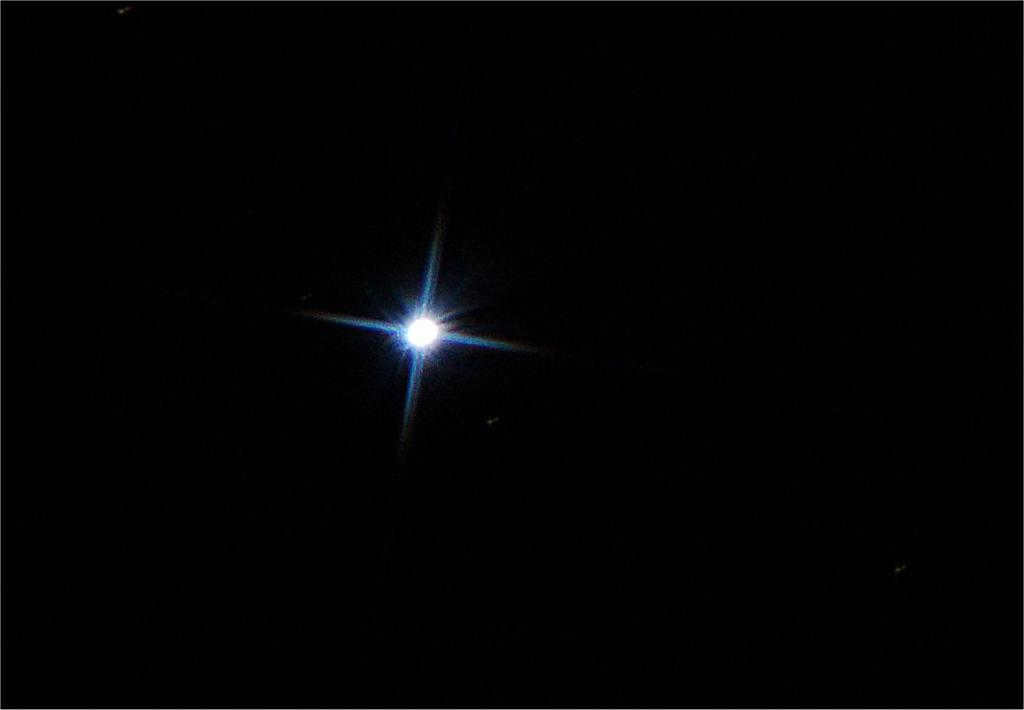
Vega
When gazing at the sky during balmy summer nights, you may notice a brilliant bluish-white speck. This celestial body is known as Vega, and it shines as one of the most luminous stars in the entire sky, exclusively visible in the Northern Hemisphere.
Vega not only stands as the primary luminary in the constellation Lyra but also serves as the leading luminary throughout the summer season. Its strategic position makes it effortlessly observable from the Northern Hemisphere. From late spring to the middle of autumn, Vega appears as the most prominent shining object in the night sky.
Like many other celestial bodies, Vega is steeped in ancient legends. One such tale from the Far East tells of Vega as a queen who fell deeply in love with a humble man, symbolized by the star Altair in the night sky. The girl’s father, upon discovering their forbidden love, became enraged and forbade her from seeing the mortal man. As a result, Vega and Altair are separated by the ethereal Milky Way. However, once a year, according to the legend, a thousand and forty birds form a celestial bridge with their wings, granting the star-crossed lovers a chance to be together again. It is said that the tears shed by the princess fall to Earth, explaining the beautiful meteor shower from the Perseid stream.

Vega, a star that shines brightly in the night sky, has a mass that is twice as heavy as the Sun. Its luminosity, or brightness, is an impressive 37 times that of our own Sun. With its massive size and powerful radiation, Vega is expected to remain in its current white star state for another billion years.
Arcturus
Arcturus is a prominent celestial body that can be observed from virtually any location on Earth. It ranks as the fourth brightest star in the night sky, following Sirius, Canopus, and the binary system of Alpha Centauri. This star shines with an intensity that is 110 times greater than that of the Sun. It resides within the constellation of Boötes.
An intriguing myth
The name Arcturus is derived from the constellation Ursa Major, also known as the Big Dipper. In ancient Greek, “arcturus” translates to “guardian of the bear”. According to legend, Zeus appointed Arcturus as the protector of the nymph Callisto, who was transformed into a bear by the goddess Hera. In Arabic, Arcturus is known as Haris-as-sama, meaning “guardian of the heavens”.
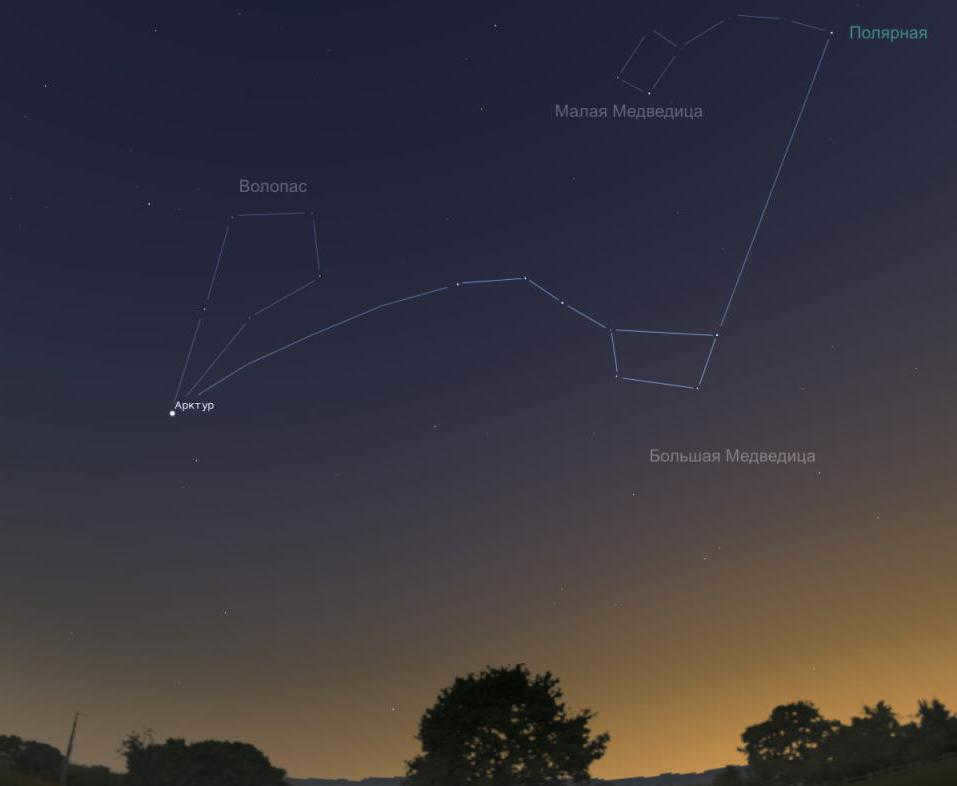
In the northern latitudes, it is possible to observe the star throughout the entire year.
Alpha Centauri
Alpha Centauri is another one of the most brilliant stars that astronomers have been aware of since ancient times. It is a part of the Centauri constellation. However, it is not just a single star, but rather a system consisting of three components: the luminaries Centaurus A (also known as Toliman), Centaurus B, and the red dwarf Proxima Centauri.
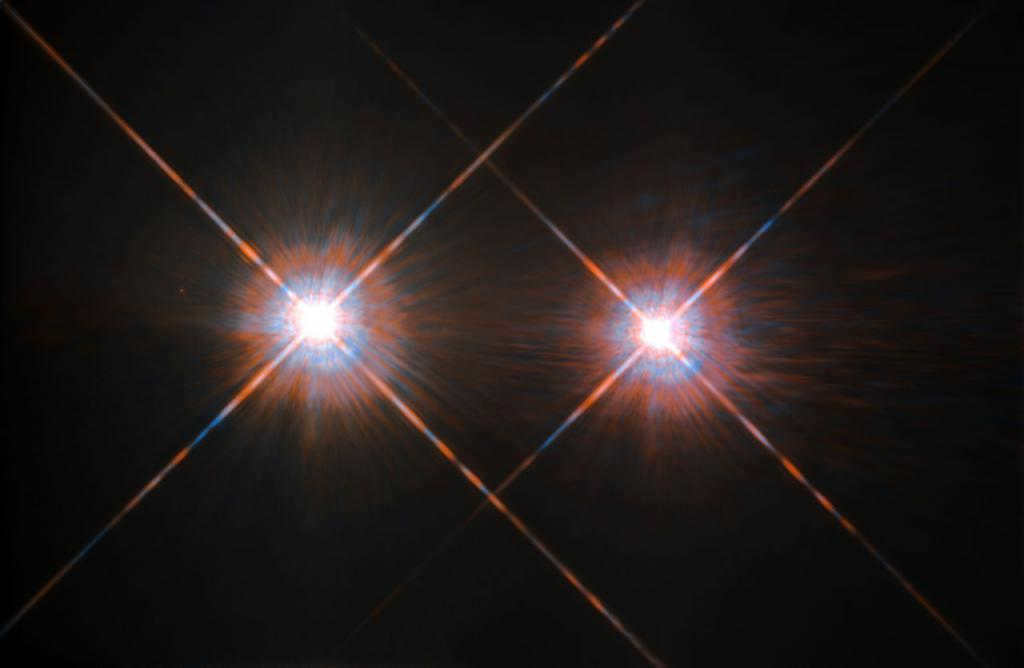
Alpha Centauri, which contains a group of celestial bodies, is approximately 2 billion years older than our very own Solar System. While our Sun is a relatively youthful 4.5 billion years old, this collection of luminaries has been shining for about 6 billion years. These celestial bodies possess similar characteristics to our Sun, making them a closely related group.
If you observe Alpha Centauri with your naked eye, it is impossible to differentiate between luminosity A and B – it is this combination that creates the star’s impressive radiance. However, if you equip yourself with a regular telescope, you will notice the close proximity of these two celestial bodies. The light emitted by these stars takes approximately 4.3 years to travel to our planet. Given that it would take a modern spacecraft about 1.1 million years to reach Alpha Centauri, it is highly unlikely that we will be able to visit it in the foreseeable future. During the summer, this brilliant star can be observed in Florida, Texas, and Mexico.
Betelgeuse
The stellar object known as Betelgeuse falls into the classification of red supergiants. Betelgeuse, also referred to as Alpha Orionis, possesses a mass equivalent to approximately 13-17 times that of our Sun, while its radius measures 1200 times that of the Sun.
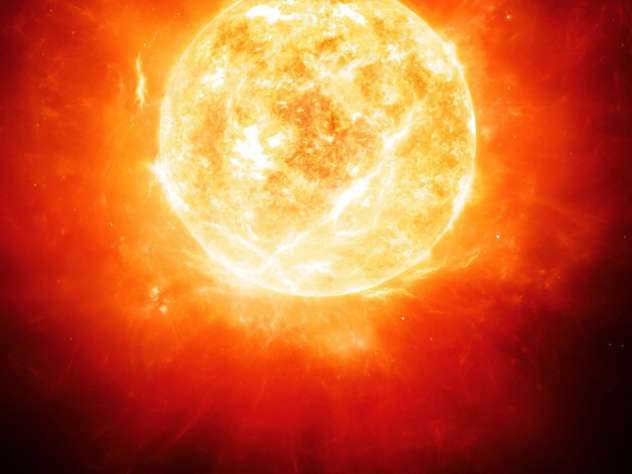
Betelgeuse, a star known for its brightness, is located at a distance of 530 light years from Earth. With a luminosity 140,000 times that of the Sun, it stands out in the night sky.
This particular red supergiant is not only one of the largest stars but also one of the brightest. If it were positioned in the central part of our solar system, its massive surface would easily engulf the planets Mercury, Venus, Earth, and Mars. Betelgeuse is estimated to be around 10 million years old, relatively young in astronomical terms. As it reaches the later stages of its evolution, scientists predict that it will eventually explode and transform into a supernova within the next few million years.
Procyon
Procyon, also known as Alpha Canis Minoris, is a binary star system located in the constellation Canis Minor. It is the brightest star in the constellation and the eighth brightest star in the night sky. The name Procyon comes from the Greek word meaning “before the dog” as it rises just before the “dog star” Sirius.
The Procyon system consists of two stars: Procyon A and Procyon B. Procyon A is a yellow-white main sequence star, similar in size and temperature to our Sun. It has a mass about 1.5 times that of the Sun and is about 10 times brighter. Procyon B is a much smaller and fainter white dwarf star, thought to be the remnant of a star that has exhausted its nuclear fuel.
Procyon is relatively close to Earth, with a distance of about 11.4 light-years. It is one of the closest star systems to our solar system. The two stars orbit each other every 40.82 years, with an average separation of about 15 astronomical units (AU).
The Procyon system has been studied extensively by astronomers, and it has provided valuable insights into stellar evolution and binary star systems. The properties of Procyon A and Procyon B have been measured with high precision, allowing scientists to test and refine their theories of stellar structure and evolution.
In addition to its scientific importance, Procyon has also been used for navigation. In ancient times, sailors used Procyon, along with other stars, to determine their position at sea. Today, Procyon is still used as a reference point for celestial navigation and is included in many star charts and catalogs.
Overall, Procyon is a fascinating star system that continues to captivate astronomers and stargazers alike. Its unique properties and historical significance make it a noteworthy object of study in the field of astronomy.
Procyon is a highly luminous star, known as the alpha star of the Lesser Dog constellation. Interestingly, Procyon is not a single star, but a binary system consisting of two stars – the second one being called Gomeisa. What makes Procyon even more fascinating is its name, which has its roots in ancient observations of the night sky. The word “Procyon” can be translated as “before the Dog” or “harbinger of the dog”, highlighting its close connection to Sirius, a star that was revered by ancient civilizations. Arab cultures even referred to Procyon as “Sirius the tear-shedding Sirius”. It is not surprising that early astronomers and priests noticed Procyon as a precursor to Sirius, as it appears in the sky approximately 40 minutes before Sirius, almost like it is racing ahead. If you were to depict the constellation of the Lesser Dog, Procyon would be seen in its hind legs.
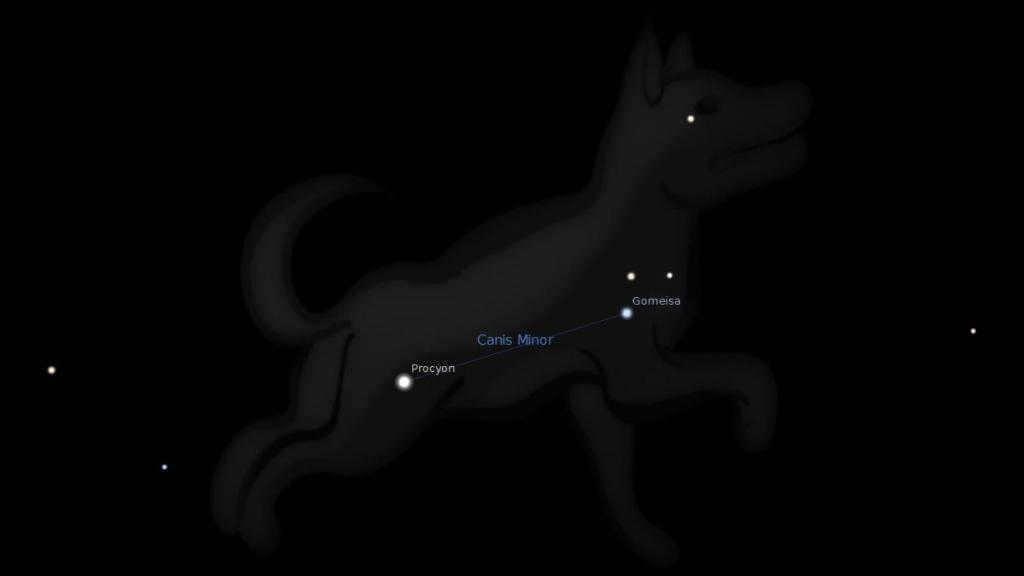
This celestial body is situated in close proximity to our planet – although by astronomical standards, this distance is considered relatively small. It is located at a distance of 11.41 light-years from Earth. Its trajectory brings it closer to the Solar System at an astounding speed of 4500 meters per second. Procyon emits a luminosity that is equivalent to the radiance of eight of our Sun, and its size boasts a radius that is no less than 1.9 times the radius of our own star.
Scientists classify this star as a subgiant. Based on its luminous intensity, experts have deduced that the nuclear fusion process between hydrogen and helium in its core has already ceased. It is widely believed that the expansion phase of this star has already commenced. Eventually, after an extended period of time, Procyon will undergo a transformation and evolve into a red giant.
The Dipper’s brightest star is Polaris, which holds a unique position in the night sky.
What makes this celestial body so special is its close proximity to the North Pole. As the Earth rotates daily, the other stars appear to revolve around Polaris, earning it the nickname of the North Star. In contrast, the South Pole lacks any comparable luminaries. In ancient times, Vega occupied the position that Polaris now holds, as the planet’s axis pointed towards a different region of the sky.
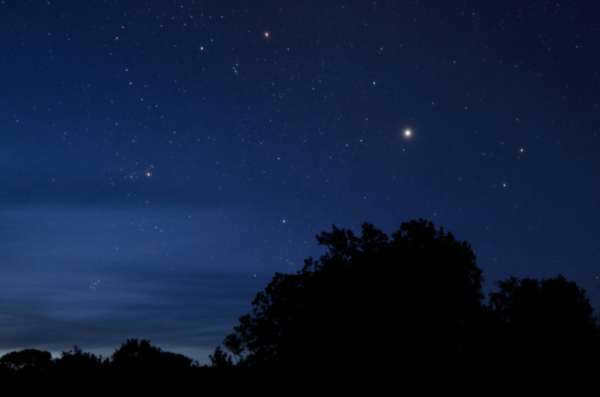
If you are curious about which star is the most brilliant in the sky when viewed from the Northern Hemisphere, it is important to note that Polaris does not hold this title. However, locating Polaris is quite simple if you extend the line connecting the two brightest stars of the Big Dipper. Polaris can be found at the end of the handle of the neighboring constellation, Ursa Minor. Interestingly, Polaris is also the brightest star within this constellation.
Another constellation that captures the attention of astronomers is the Big Dipper. Its distinct shape makes it easily recognizable in the night sky. The brightest star within this constellation is Aliot, also referred to as epsilon in astronomical reference books. In terms of brightness, Aliot ranks 31st among all visible stars.
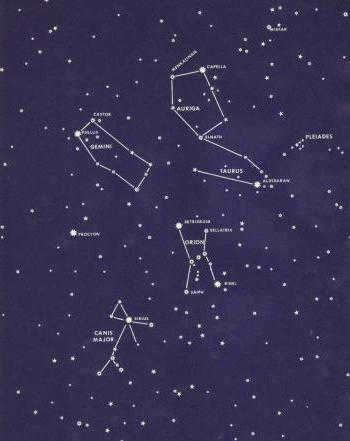
In the winter season, the stars in the night sky illuminate at an earlier time compared to the summer months, providing a visual treat for not just astronomers and nocturnal wanderers. The celestial display is truly captivating, with the magnificent constellation of Orion towering above the horizon, accompanied by Gemini and many others.
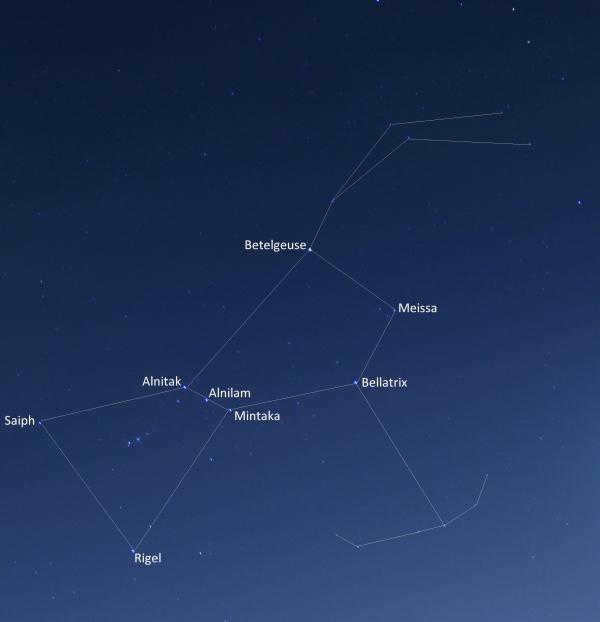
It is quite simple to locate the two most luminous stars, Rigel and Betelgeuse, within the constellation Orion. Their brightness makes it easier to identify the other stars within the constellation.
Sagittarius, situated between Scorpio and Capricorn, is an intriguing constellation as it houses the center of the Galaxy. Additionally, the point of the winter solstice can be found within this expansive zodiacal constellation. Sagittarius is home to numerous stars.
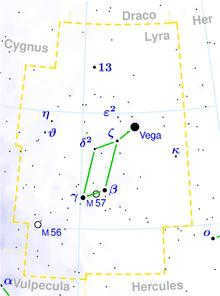

Despite its modest size, the constellation Lyra has captivated observers throughout history due to its advantageous position and the brilliance of its star, Vega. Within this constellation lie a number of fascinating celestial objects, which contribute to Lyra’s status as a noteworthy constellation.
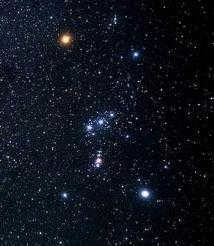

During the winter season, when the night sky is at its peak beauty, it is impossible to miss the presence of three brilliant stars. These stars are situated in close proximity to each other, forming a straight line that is slightly slanted towards the horizon. This awe-inspiring sight is none other than the constellation Orion, specifically its central region. It truly captivates the observer with its brilliance and grandeur.
Magus, a constellation known for its exquisite beauty, graces the night sky. While many of its stars are visible to the naked eye from Earth, there are still numerous uncharted entities within Volopassus, the heart of this constellation, that eagerly await discovery by astronomers.
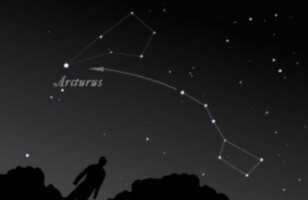
When looking up at the night sky, one can easily spot the constellation of Lions without the aid of a telescope. Astronomers have been studying the neighboring constellations, Big and Little Leo, just as intently as any other constellation. So, where and when can these constellations be observed? And which stars make up these celestial formations? Let’s delve further into these questions.
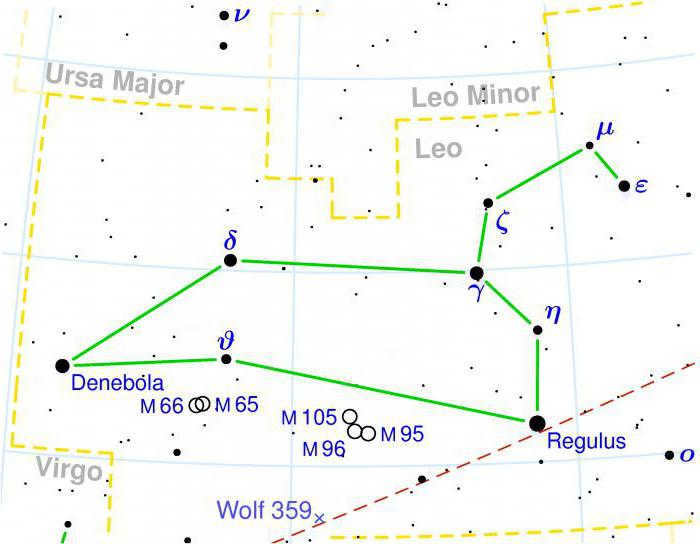
All stars, whether they are yellow, blue, or red, are luminous spheres of gas. The classification of stars in modern astronomy is determined by various parameters.
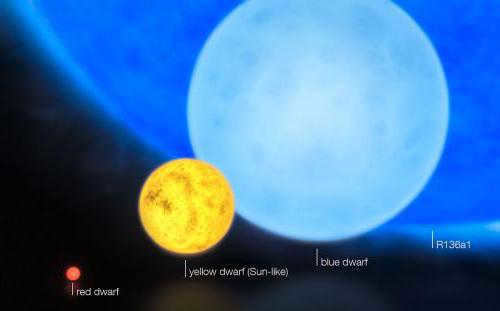
Aquarius is a faint constellation in the night sky, but it holds great significance. While it may not be easily visible to the naked eye, observing the constellation through a telescope unveils the incredible wonders and splendors of the cosmos.

On a moonless night and away from the city, the naked eye can witness a multitude of stars shining in the sky. By utilizing a telescope, one can observe an even greater number of celestial bodies. With the aid of professional equipment, it becomes possible to ascertain the color, size, and luminosity of these stars.
In ancient times, a constellation referred to a collection of bright stars that were distinguished by their relative arrangement, forming a particular shape when mentally connected by straight lines.
It is truly enchanting to hear the names of constellations like lion and cancer, but in reality, it can be quite challenging to actually spot them amidst the shimmering lights of the night sky. The key to success lies in having a reference point, and in the northern hemisphere, that point is none other than Polaris.
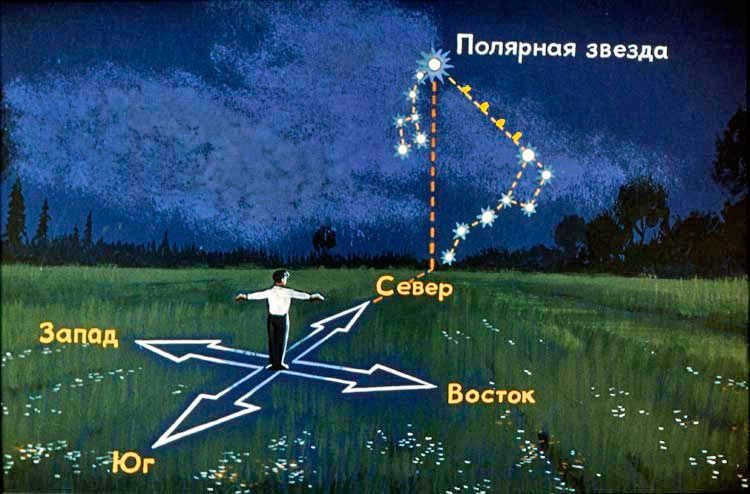

If you can locate the Big Dipper in the night sky and know where north is, you will have no trouble finding Polaris.
Contrary to popular belief, Polaris is not the brightest star directly overhead. This is a misconception that can lead to confusion. To find Polaris, it is important to use a different approach. Begin by identifying the prominent constellation known as the Big Dipper in the northern hemisphere of the Earth.
To begin with, it is essential to have a general understanding of the cardinal directions, namely north and south. A simple way to determine these directions is by observing the position of the Sun at noon. The direction where the Sun is located is known as south, while the opposite direction is referred to as north. When facing north, east is to the right and west is to the left.
By familiarizing ourselves with the constellation known as the Big Dipper and learning how to locate it in the night sky, regardless of our location, we can use it as a guide to find Polaris and navigate our way around the world.
The Big Dipper, also known as Voz or Chariot in ancient times, consists of seven prominent stars arranged in the shape of a pot with a handle or a ladle.
The position of the “Big Dipper” in the celestial sphere is not fixed. It is important to consider that the sky rotates around Polaris, so at different times of the night and different times of the year, the Big Dipper appears in different positions relative to the horizon. Sometimes it is close to the horizon, causing its stars to appear in a configuration where the “handle” of the “ladle” points to the left. Other times, the constellation is higher in the sky and the “ladle” is tilted towards the horizon. There are also instances where the “ladle” is inverted (during which it is in the north and almost directly overhead).
You might find this interesting
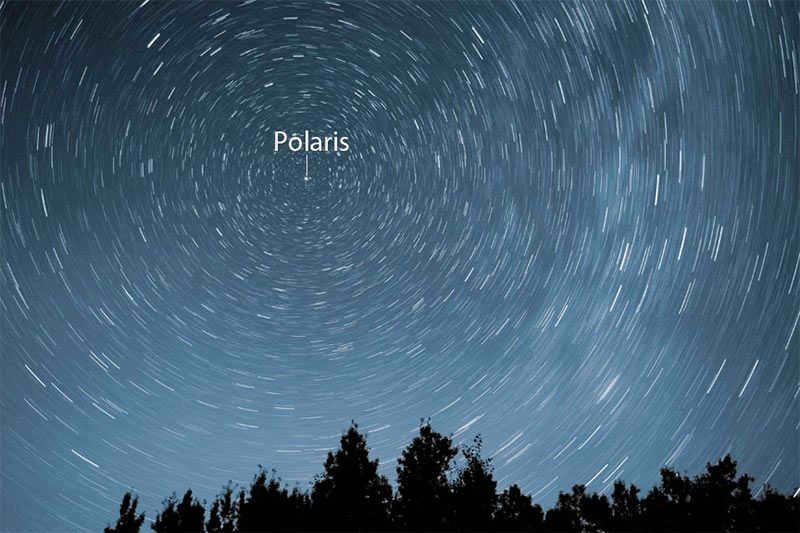
A photograph of the night sky was taken with a slow shutter speed. The stars in the sky appear to move in circular patterns, while Polaris remains stationary. From our perspective on Earth, it appears as if the planet is rotating on its axis directly below Polaris!
Now, let’s locate the constellation known as the Big Dipper. Take note of the two outermost stars that form the “front wall of the bucket”. Imagine drawing an imaginary line that extends straight up from those stars, reaching the “bottom to the lid” of the bucket. Count five segments along this line, each equal to the distance between the two stars… and you will immediately notice a brightly shining star with a yellow hue. Ladies and gentlemen, allow me to introduce you to none other than Polaris.
Although not the brightest or most easily visible star, Polaris holds great significance for Earth observers.
Polaris is a star that belongs to the constellation known as the Little Dipper, which has a similar shape to a dipper but is smaller and inverted compared to the Big Dipper.
Polaris stands out as the brightest star in this constellation and can be found at the very end of the “handle of the small bucket.” Metaphorically speaking, the Little Dipper is “hanging” onto Polaris. The neighboring constellations near Polaris are always visible and never set. They can be seen throughout both summer and winter, at any time during the night.
Observing the constellations of summer
On the opposite side of Polaris (in relation to the Big Dipper constellation) lies Cassiopeia, a constellation composed of five bright stars that form a shape resembling the letter “W” in Latin. These five stars are the most luminous in Cassiopeia. Additionally, there are also faint stars that belong to the Cassiopeia constellation, as well as other constellations.
Within the Cassiopeia constellation, there is a shimmering band of light known as the Milky Way. By following this band towards the Little Dipper, you will come across Cygnus, sometimes referred to as the Cross due to its brightest stars resembling this shape.
Beneath the Swan, within the Milky Way, we discover the constellation of Eagle, which contains a shining white star known as Altair. Close to these two constellations, creating a triangle with them, lies the small constellation Lyra, featuring a brilliant bluish star named Vega.
These three constellations offer their finest views during the summer and fall seasons in the early evening.
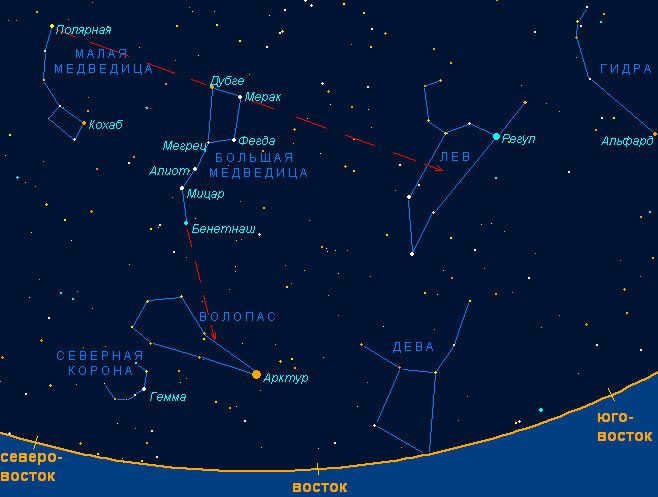

A standard depiction of the summer sky in the northern hemisphere of the Earth: featuring Ursa Major, Ursa Minor, Leo, Canis Major, and the Corona Borealis.
Spring is the perfect season for stargazing and spotting the constellations of Volopassus, the Northern Crown, and Leo. Within the Volopassus constellation, there is a prominent reddish-yellow star known as Arcturus. To locate it, simply trace a line connecting the last two stars of the Big Dipper’s “bucket handle” and extend it backwards.
Adjacent to Volopassus, you’ll find a smaller constellation composed of faint stars that resemble a wreath. This is the Northern Crown constellation.
Further down from the Big Dipper, you’ll encounter the expansive zodiacal constellation Leo. Its foremost stars form a distinctive sickle shape with a handle, and the tip of the handle is marked by a bright star called Regulus (also known as the “Heart of the Lion”).
Winter constellations: a celestial observation
When looking eastward from the constellation of Leo during winter, one can observe a stunning array of constellations, including Gemini, Ascendant, Taurus, Little Dog, The Great Hound, and Orion.
Among these constellations is the charioteer, marked by the brilliant yellow star Capella (also known as the Goat in Russian). It can be found in the Milky Way, equidistant from Cassiopeia, but in the opposite direction. Adjacent to Capella is the zodiacal constellation Taurus, home to the vibrant Aldebaran, a star that shines with a fiery red hue.
There are numerous faint stars surrounding Aldebaran, forming a cluster known as the Hyades. In close proximity to this cluster is another group of stars, the Pleiades, which is sometimes called the Duck’s Nest or Stozhar. The Pleiades is visible with six stars to the naked eye, but those with exceptional vision can see up to eleven.
Directly beneath the Taurus constellation lies the most brilliant and captivating constellation of the winter sky – Orion. Its shape resembles a wrapped bundle or a standing human figure. Orion’s belt consists of three equally bright stars, also known as the Three Magi. Positioned in the top left corner of the constellation is the striking red star Betelgeuse, and in the bottom right corner is another remarkably bright white star, Rigel.
Located below and to the left of Orion is the constellation known as the Great Dog, which features its brightest star called Sirius. Sirius shines more brightly than any other star in the night sky. On chilly winter evenings, it can be observed directly to the southern direction, appearing low above the horizon, and glistening with a multitude of colors. Out of all the planets, only Jupiter, Venus, and occasionally Mars exceed Sirius in brightness.
Adjacent to Taurus on the opposite side of the Milky Way lies the constellation Gemini, displaying its prominent stars. Castor and Pollux. Just beneath it, the constellation of the Lesser Dog can be found, containing only two notable stars, one of which is named Procyon. Procyon.
The remaining constellations, while still significant, consist of dimmer stars and are not as easily visible when initially observing the starry sky, making them more challenging to locate. Those interested in finding them can utilize a star map.
Here is an opportunity to access a free introductory excerpt of the e-book “Vladimir Surdin: The Universe in Questions and Answers. Tasks and Tests on Astronomy and Astronautics” online. After reading the excerpt, the full version can be purchased. In some cases, a brief summary of the content is provided. The book was published in Moscow in 2020, with the ISBN 978-5-0013-9307-8, by Alpina non-fiction. It falls under the sci_cosmos/sci_popular category and is written in Russian. The work’s description (preface) and customer reviews can be found on the portal. The library “Lib Cat” – LibCat.ru is designed for book enthusiasts and offers a wide range of genres.

The Universe in Questions and Answers: A Comprehensive Guide to Astronomy and Astronautics
Explore the fascinating world of astronomy and astronautics with our comprehensive guide, “The Universe in Questions and Answers: Tasks and Tests on Astronomy and Astronautics.” Whether you’re a beginner or an expert in the field, this book offers a wealth of information and insights into the mysteries of the universe.
Discover the abstract, description, summary, or preface (depending on what the author has written) of this captivating book. If you’re looking for specific information that is not included in the provided details, please feel free to leave a comment, and our team will make every effort to assist you.
The book is packed with a total of 181 tasks, encompassing 50 questions and 319 tests along with their corresponding answers and solutions. While the majority of the material is fresh and innovative, it also incorporates some of the most successful tasks from previous editions. These tasks, on the whole, may not be excessively challenging, but they are undoubtedly “creative” in nature, shedding light on various aspects of contemporary astronomy and cosmonautics. Tackling these tasks necessitates a combination of imaginative thinking and a comprehensive understanding of the subject matter. Furthermore, a selection of questions draws inspiration from literary works, including science fiction tales penned by the renowned Strugatsky brothers. Engaging with this book fosters an active approach to learning about astronomy and cosmonautics, a crucial pursuit for aspiring scientists, engineers, and even physics and astronomy educators.
Vladimir Surdin: more books from the writer
Who is the author of The Universe in Questions and Answers. Challenges and assessments on astronomy and space exploration? Discover the author’s surname, the title of the book, and a compilation of all his literary works by series.










This book has been published on our website under the terms of the LitRes partner program (litres.ru) and includes only a brief introductory extract. If you have any objections to its publication, please contact us at [email protected] or use the feedback form to submit your complaint.









The Universe: Exploring Questions and Finding Answers. Engage in Tasks and Tests on Astronomy and Astronautics – Access the Reading Passage Online
Discover the contents of this book, conveniently organized by page. Our innovative system remembers your last read page, providing a seamless online reading experience for “The Universe: Exploring Questions and Finding Answers. Engage in Tasks and Tests on Astronomy and Astronautics”. No more searching for where you left off – simply bookmark your page and easily return to it whenever you desire.
Analyze the accuracy of these statements.

This section consists of relatively straightforward tests and tasks that will be beneficial for readers of popular science literature for self-assessment (to enter one ear and exit the other), as well as for organizing competitions, quizzes, Olympiads, entertaining science evenings, and as additional questions for elementary and general astronomy exams. The latter half of the section provides the correct answers.
Easy astronomy queries
1. Where can Polaris always be found with respect to the horizon line: at the equator, at the North Pole, or at the South Pole? In which part of the horizon is it situated?
2. Among Sirius, Vega, and Polaris, which star shines the brightest?
3. What is the total number of stars that can be seen in the sky without using any optical aids?
4. How many moons does Mars have?
5. If the Moon’s orbit was completely aligned with the plane of the ecliptic, would solar and lunar eclipses occur more frequently or less frequently than they currently do?
6. After completing a circumnavigation of the globe, sailors from Magellan’s expedition noticed that their calendar differed from the calendar at the port by one day. Which calendar was correct – the one on the ship or the one at the port – and what was the reason for the discrepancy?
7. Why does Saturn appear flattened when observed through a telescope?
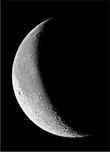
8. If the moon’s crescent resembles the letter “C,” what phase is the moon currently in – waxing or waning?
9. During which time of the year does Earth move at a faster pace in its orbit around the Sun?
10. When is the Earth nearest to the Sun?
11. What gas constitutes the atmosphere of Mars?
12. What gas makes up the atmosphere of Venus?
13. If Earth were to cease rotating on its axis, would there be a change in day and night?
14. How many planets are there in the solar system and what is their order from the Sun?
15. How long does a solar day last on Mercury?
17. What planets in the solar system do not have any moons?
18. What is the definition of a “brown dwarf”?
19. What is the advantage of using a space optical telescope instead of a ground-based telescope?
20. How many days are in a leap year?
21. What is measured in stellar magnitudes: the size, brightness, or mass of a star?
22. What is the primary cause of the changing seasons on Earth, such as the presence of winter and summer?
23. How many times per year does the Sun reach its zenith at the equator?
24. Why did the astronaut missions of the Apollo program (1969-1972) only land on the visible side of the Moon?
25. How many constellations are visible in the sky?
26. In winter, Earth is closer to the Sun, being several million kilometers closer. Despite this, it is colder in winter than in summer.
27. During the opposition of Mars, it is closest to Earth, within the next year and a half to two years, rather than being farthest.
28. Venus is closest to Earth during the upper conjunction, not the lower conjunction.
29. Mercury’s evening visibility occurs during its greatest western elongation, not its greatest eastern elongation.
30. Mars appears to reverse in the sky during its opposition, not during its conjunction.
31. From an Earth observer’s perspective, most of the Martian disk is illuminated during the quadrature, not during the conjunction.
32. In what manner does the disk of Venus resemble the Moon during the first quarter?
33. Where is day equal to night at present?
34. What is the reason for constructing astronomical observatories at high elevations in the mountains?
35. During which phase of the Moon is the entire night illuminated? What is meant by a moonless night?
36. If a planet always faces the Sun on one side, how many sidereal and solar days does it experience in a year?
37. How was the rotation of the Sun discovered?
38. How can a sunspot be distinguished from a planet’s projection on the surface of the Sun?
39. Why did the ancient Greeks have two names, Phosphoros and Hesperis, for the planet Venus (known by its Roman name)?
40. Is it possible for liquid water to be present on the surface of Venus?
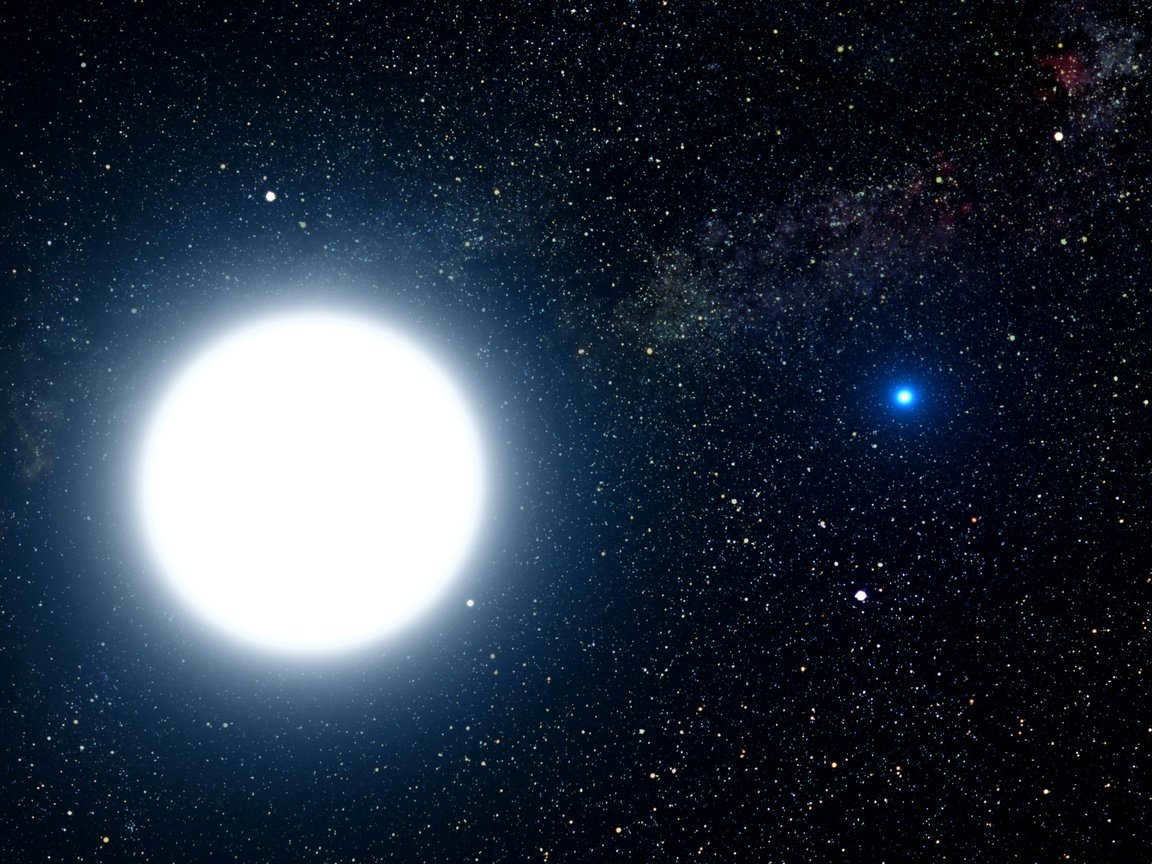
Astrology dates back thousands of years, with people incorporating astrological knowledge into their daily lives. This practice remains prevalent today, as astrologers believe that the positions of stars and planets directly influence human life and hold information regarding significant past and future events that impact individuals and society as a whole. As a result, astrological predictions continue to attract a large following.
Within the contemporary society, the celestial firmament also entices the gaze of individuals, captivated by its allure, serene grandeur, and enigmatic nature. Thanks to scientific advancements, humans now possess a wealth of knowledge concerning cosmic entities, yet the longing to traverse the celestial expanse persists. In the present era, the exploration of celestial bodies is no longer limited to scholars, as amateurs also partake in this pursuit. Each of these individuals contributes to the understanding of the cosmos, unveiling novel constellations and stars, with the most radiant ones being the focus of our discussion.
10. Betelgeuse
Betelgeuse, also known as Alpha Orionis, is one of the brightest and largest stars visible to the naked eye. It is located in the constellation Orion and is approximately 640 light-years away from Earth. Betelgeuse is a red supergiant star, meaning it is nearing the end of its life and will eventually explode in a supernova. This explosion could potentially be visible from Earth and would have a significant impact on the night sky. Despite its massive size, Betelgeuse is only about 8 million years old, relatively young compared to other stars. Scientists are studying Betelgeuse to better understand the life cycle of massive stars and their eventual demise.
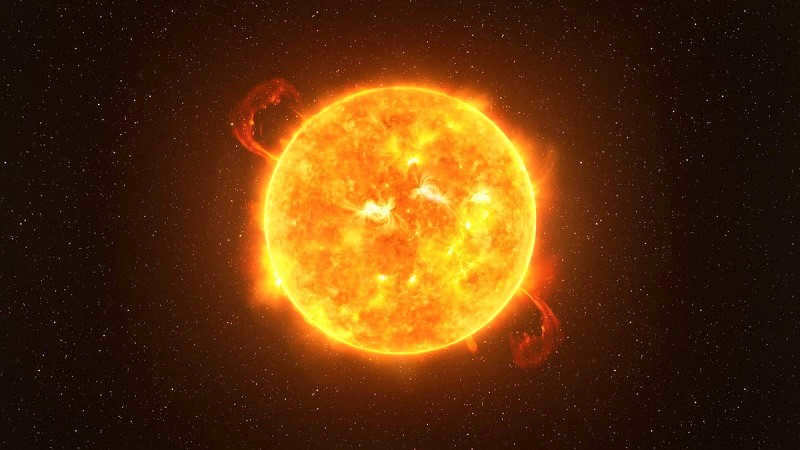
9. Ahernar
Ahernar is a star located in the southern constellation of Eridanus. It is approximately 139 light-years from Earth and has a spectral type of B3 V. This means it is a blue-white main-sequence star that is hotter and more massive than the Sun. Ahernar is one of the brightest stars in the night sky and is easily visible to the naked eye. Its name comes from the Arabic phrase meaning “end of the river,” as it marks the end of the celestial river Eridanus. Ahernar is known for its rapid rotation, which causes it to have a distorted shape and emit strong stellar winds. These winds create a surrounding nebula of gas and dust, which is illuminated by the star’s intense ultraviolet radiation. Ahernar is a fascinating object for astronomers to study, as it provides insights into the life cycles of massive stars and the processes that shape our universe.
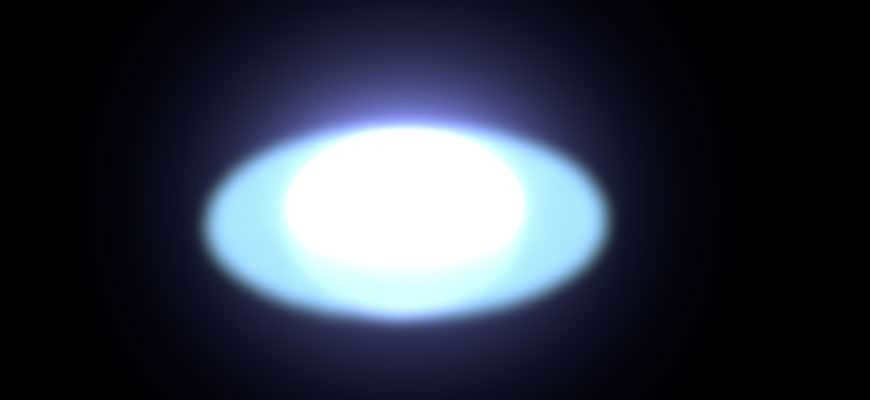

Ahernar, also known as Alpha Eridana, is a star located in the constellation Eridanus. It is situated approximately 140 light years away, making it quite a distant destination for astronauts to reach. Alpha Eridana earns its reputation as one of the brightest stars in the sky due to its radiance being 1000 times more intense than that of the Sun. Additionally, this star stands out for its hot and blue nature. Ahernar, a double star, exhibits a unique flattened spherical shape reminiscent of an egg and possesses a mass equivalent to 8 suns. This shape is a result of Ahernar’s incredibly rapid rotation speed, measuring 250 km/s.
8. Procyon
The star Procyon is the most brilliant among the stars in the constellation of the Lesser Dog. It is referred to as the Alpha of the Lesser Dog by astrologers. It consists of two stars, Procyon A, which is the primary star visible to us, and Procyon B, a dimmer white dwarf. The Alpha of the Lesser Dog is the star closest to Earth, just 11 light-years away.
The constellation Canis Minor was named after the dog that discovered the tomb of its owner, the first winemaker, Heraclius. As for the star itself, Alpha Minor Dog, the Greeks gave it this name due to its early rising, preceding Sirius. They referred to it as “before the dog,” which translates to “procyon” in Greek.
The triangle formed by the stars Sirius, Betelgeuse, and Procyon is a well-known navigational landmark in the Northern Hemisphere, commonly known as the “winter triangle.”
7. Rigel
Rigel, also known as Beta Orionis, is a blue supergiant star located in the constellation Orion. It is one of the brightest stars in the night sky and is approximately 860 light-years away from Earth. Rigel has a mass about 23 times that of the Sun and is estimated to be around 8 to 9 million years old. It shines with a luminosity over 120,000 times that of the Sun. Rigel is a spectroscopic binary star, meaning it consists of two stars orbiting around a common center of mass. The primary star, Rigel A, is a blue supergiant, while the secondary star, Rigel B, is a main-sequence star. Rigel is also a source of X-ray emissions and is surrounded by a nebula known as the Rigel Nebula.
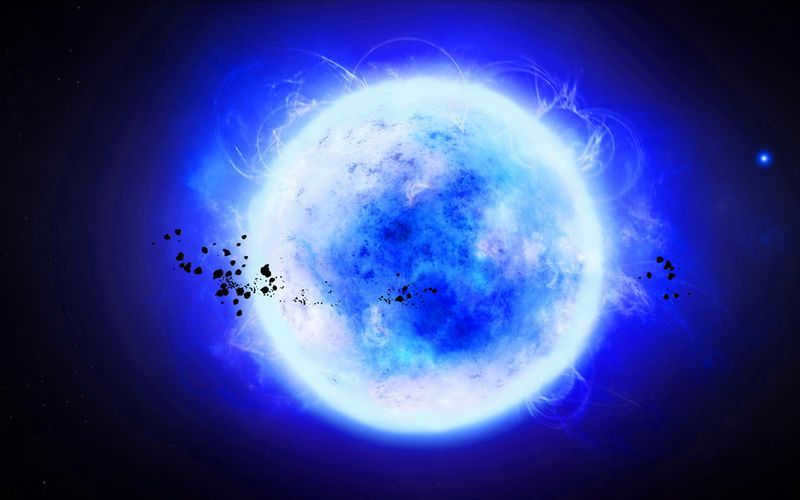
Rigel, located in the constellation of Orion, is an extremely luminous star. Also known as Beta Orion, Rigel is a triple star system and is classified as a blue-white supergiant. In terms of size, Rigel is 74 times larger than our Sun and shines 130,000 times brighter! Its immense power makes it unparalleled in the entire galaxy.
The distance between Earth and Rigel is estimated to be around 870 light years. If Rigel were closer to us, it would outshine all the other stars in the night sky due to its size and brightness.
Like many other stars, Rigel has its place in mythology. In ancient Egyptian mythology, it was associated with Sah, the king of the stars and the patron of the dead. Later on, it became associated with Osiris.
6. Capella
Capella is the sixth brightest star in the night sky. The name “Capella” comes from the Latin word for “little she-goat,” as the star is said to resemble a goat’s horn. Capella is actually a system of four stars, with two pairs of binary stars orbiting each other. The primary star, Capella A, is a yellow giant star that is about 79 light-years away from Earth. The other three stars are smaller and fainter, and they orbit around Capella A. Capella is easily visible from Earth and can be seen in the constellation Auriga, which is located in the northern hemisphere. It is one of the few stars that can be seen in the sky all year round. Capella has been studied by astronomers for many years and continues to be a source of fascination and research.
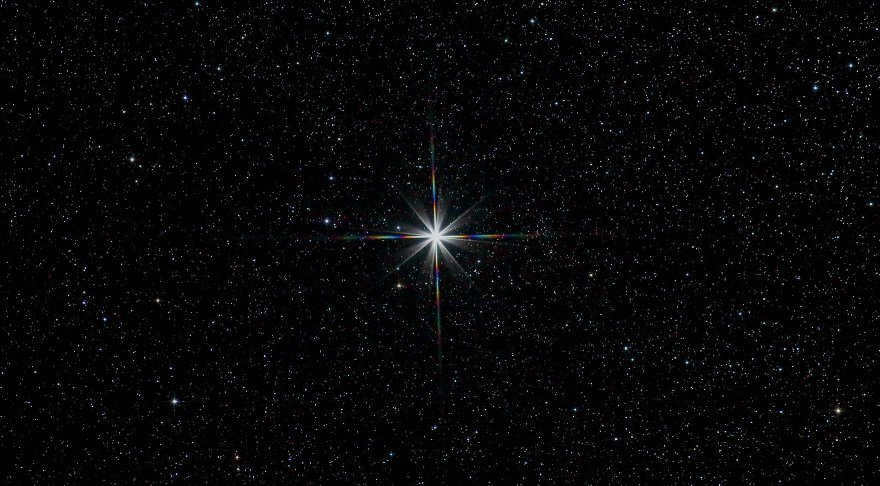
Capella is a brilliant example of a star found in the Ascendant constellation, positioned 42 light-years away from Earth. It is sometimes identified as Alpha Ascendant on star charts. With its remarkable luminosity, Capella proudly holds the esteemed 3rd position among the stars in the Northern Hemisphere of our planet. This yellow giant star is situated on the shoulder of the constellation, composed of two stars that have a staggering distance of 100 million kilometers between them. In terms of mass, they surpass the Sun by more than twice its size.
The name Capella was derived from the ancient Greek word for “goat”. It was chosen to honor the goat Amalfea, who provided nourishment to Zeus. According to myths, Zeus accidentally broke one of Amalfea’s horns and transformed it into a “horn of plenty” that could be filled with his favorite drink.
5. Vega
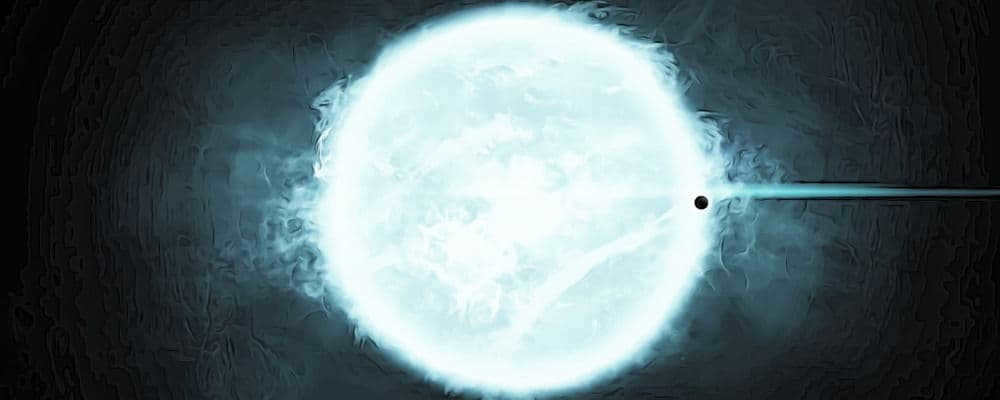
Vega, also known as Alpha Lyrae, is the brightest star in the constellation Lyra. It is the second brightest celestial object visible from the Northern Hemisphere, after Arcturus, excluding the Moon. Astronomers consider Vega to be of great significance, second only to the Sun. It is located about 25 light-years away from Earth, making it one of the closest stars to us in the Milky Way galaxy. Its proximity has allowed scientists to study Vega in great detail, and it holds the distinction of being the first star, after the Sun, to be photographed. One notable characteristic of Vega is its rapid rotation, with a speed of 240 km/s. Additionally, there is a dust disk surrounding the star.
In unity with contemporary scientists, ancient astrologers regarded Vega as the “preeminent” celestial body, with the Assyrians attributing to it the power of justice, dubbing it the “arbiter of the heavens”. According to Greek mythology, Vega formed part of the lyre crafted by Hermes and bestowed upon Orpheus, the helmsman of the Argonauts, by Apollo.
Astrologers designate Vega as one of the foremost stars in terms of its impact on human destiny.
4. Arcturus
Arcturus, also known as Alpha Boötis, is the brightest star in the constellation Boötes. It is a red giant star located about 37 light-years away from Earth. With a visual magnitude of -0.05, Arcturus is the fourth brightest star in the night sky and the brightest star in the northern celestial hemisphere. It is easily visible to the naked eye and has been known since ancient times.
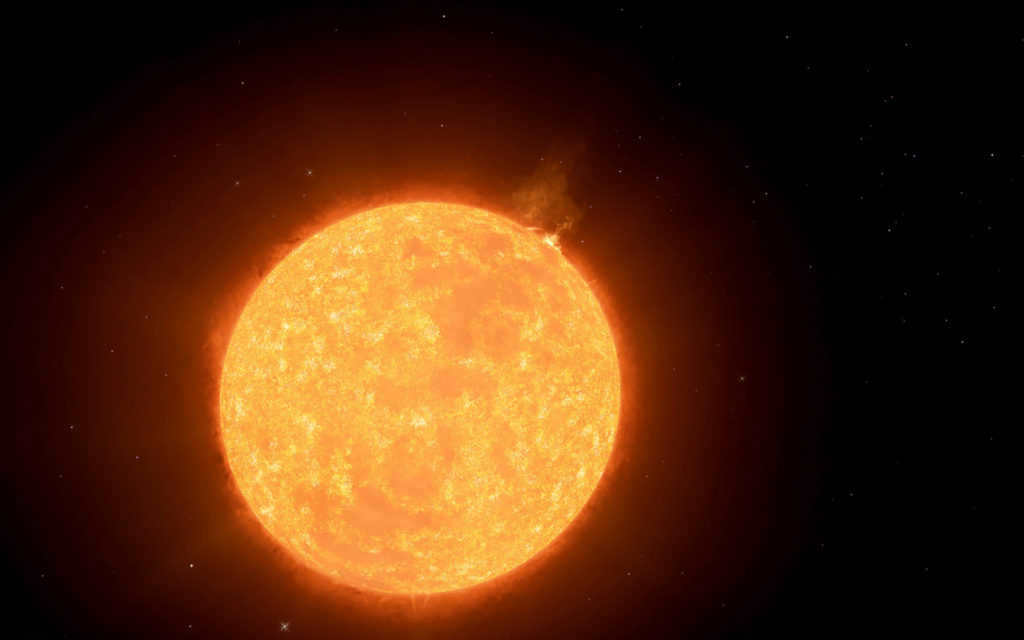
The star Arcturus, also known as Alpha Volopasa, is the fourth brightest star in the Northern Hemisphere of the Earth. It belongs to the constellation of Volopassus. Russian people can observe Arcturus throughout the year as it is located at the end of the handle of the Big Dipper or Great Bear.
Although Arcturus has the same mass as the Sun, it is much brighter. Its luminosity is 100 times stronger than that of the Sun. If we were to travel to Arcturus from our planet, it would take us 36 light years.
The name “Arcturus” comes from ancient Greek and it means “guardian of the bear”. According to myths, Arcturus protected Zeus’ mother, Callisto, who was transformed into a bear by Hera.
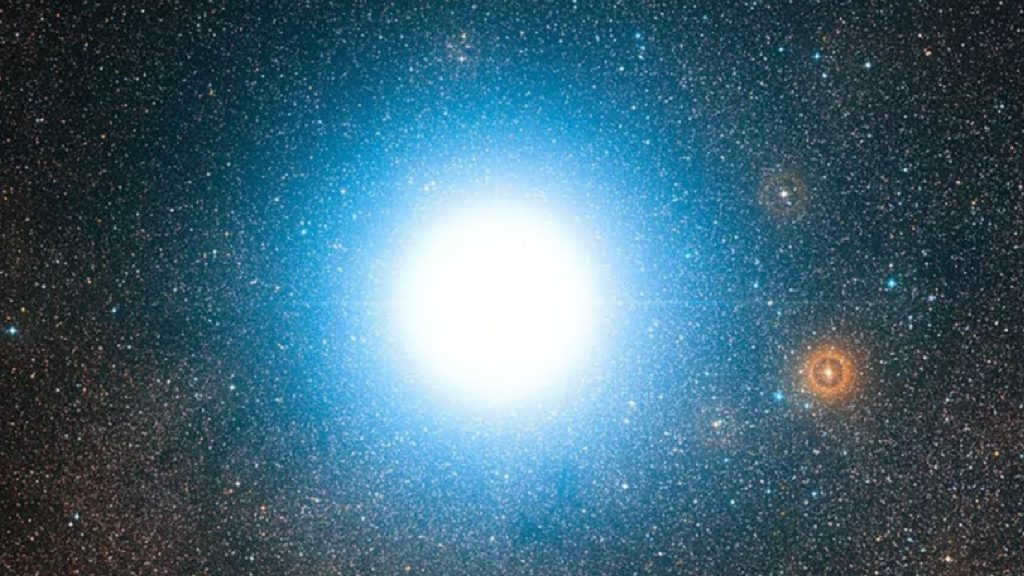
The star Toliman, also known as Alpha Centauri, holds a special place in the hearts of space enthusiasts and astrologers alike. This remarkable triple star system ranks third in terms of brightness, making it a true celestial spectacle.
What makes Toliman even more fascinating is its proximity to Earth. Located just 4 light years away, it is the closest star to us. Despite its close proximity, Toliman appears as a single object to the naked eye. However, it is actually composed of three distinct elements: Alpha Centauri A, Alpha Centauri B, and the red dwarf Proxima Centauri (Alpha Centauri C). The first two stars bear striking similarities to our own Sun.
In the Southern Hemisphere, Toliman proudly takes its place within the iconic Southern Cross constellation, serving as a vital navigational guide for sailors. It is through Toliman that true landmarks can be distinguished from false ones.
Intriguingly, scientists have also discovered that Alpha Centauri boasts its own planetary system. This discovery raises the possibility of extraterrestrial life existing within this distant stellar neighborhood.
Many interpret the star’s name as a twisted “centaur”. According to legend, a centaur named Chiron met a tragic demise while saving Prometheus. In honor of his heroic deed, he was transformed into a constellation that people now call Centaurus.
2. Canopus
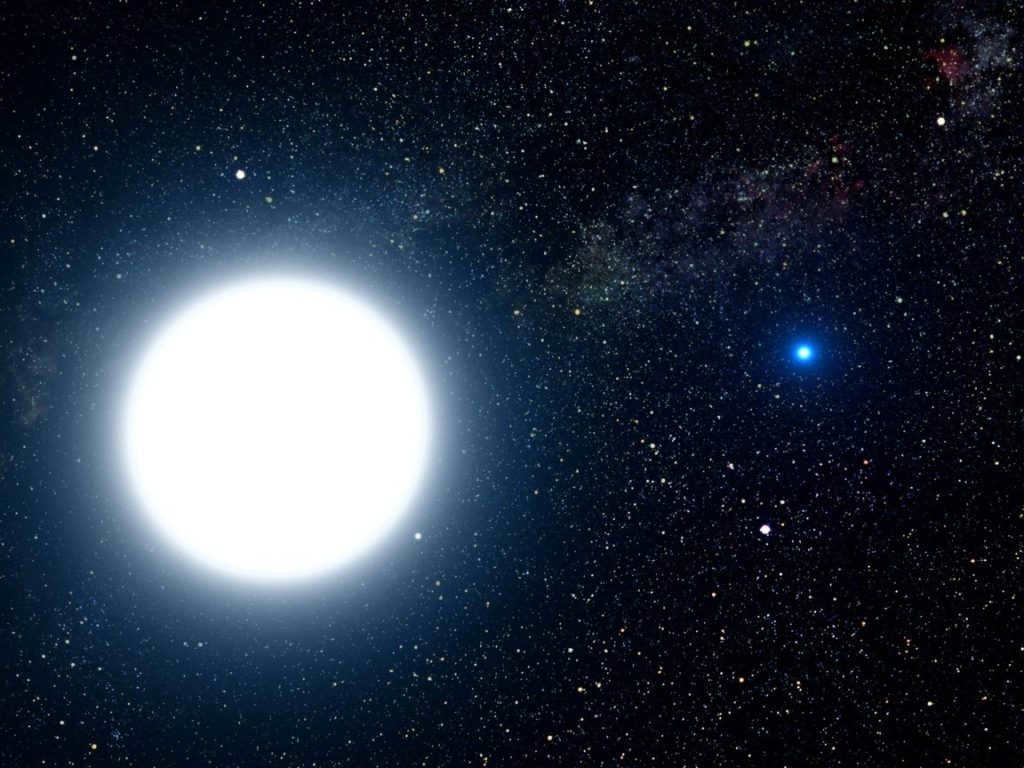

Alpha Kiel, also known as Canopus, is the most brilliant star in the Kiel constellation. Canopus holds the second position among all the celestial objects visible at night due to its impressive brightness. However, it can only be observed from the southern hemisphere of the Earth. It is worth mentioning that Canopus is the brightest star visible from the southern half of the planet. This yellowish-white supergiant star shines with a luminosity that is 14,000 times brighter than the Sun’s. Canopus is located approximately 320 light-years away from us.
Canopus derives its name from ancient Egyptian, meaning “golden earth”. The star’s visual characteristics can be attributed to this name. According to Greek mythology, the ship that King Menelaus of Sparta sailed on was named Canopus.
1. Sirius
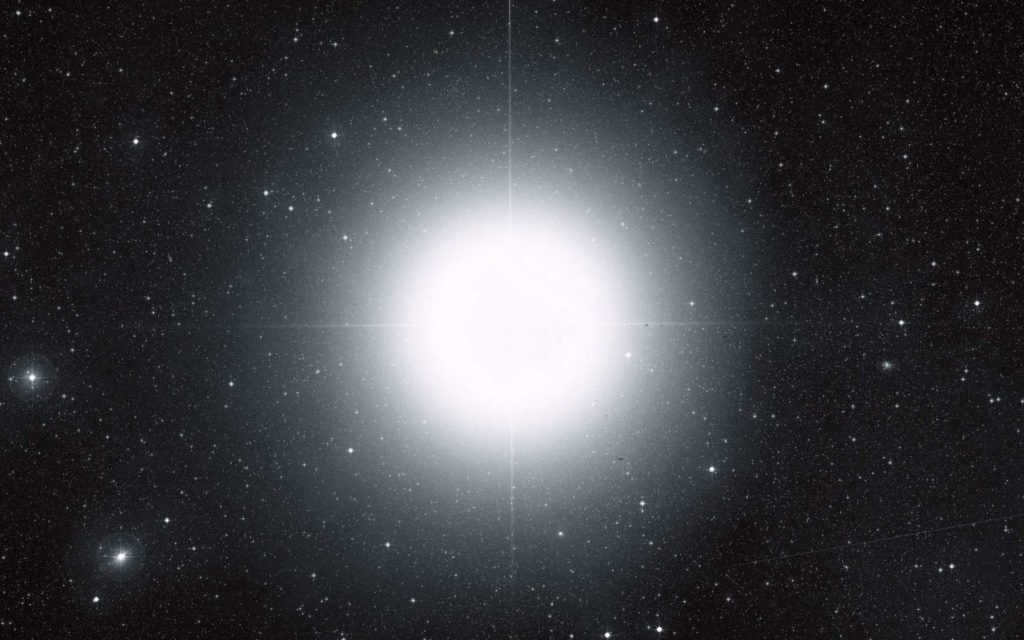

The alpha star of the Canis Major constellation, known as Sirius, holds the title for the most luminous star in the universe. It outshines the sun by a staggering 25-fold. While there are numerous stars in outer space that surpass its brightness, Sirius takes the crown for us due to its relatively close proximity to Earth, being a mere 8.5 light-years away.
Sirius is a binary star system consisting of a red giant and a white dwarf. To locate it in the night sky, one must mentally draw a straight line through the famous Orion’s Belt. This line will intersect with a brilliant star in the southeast, visible from any corner of our planet.

